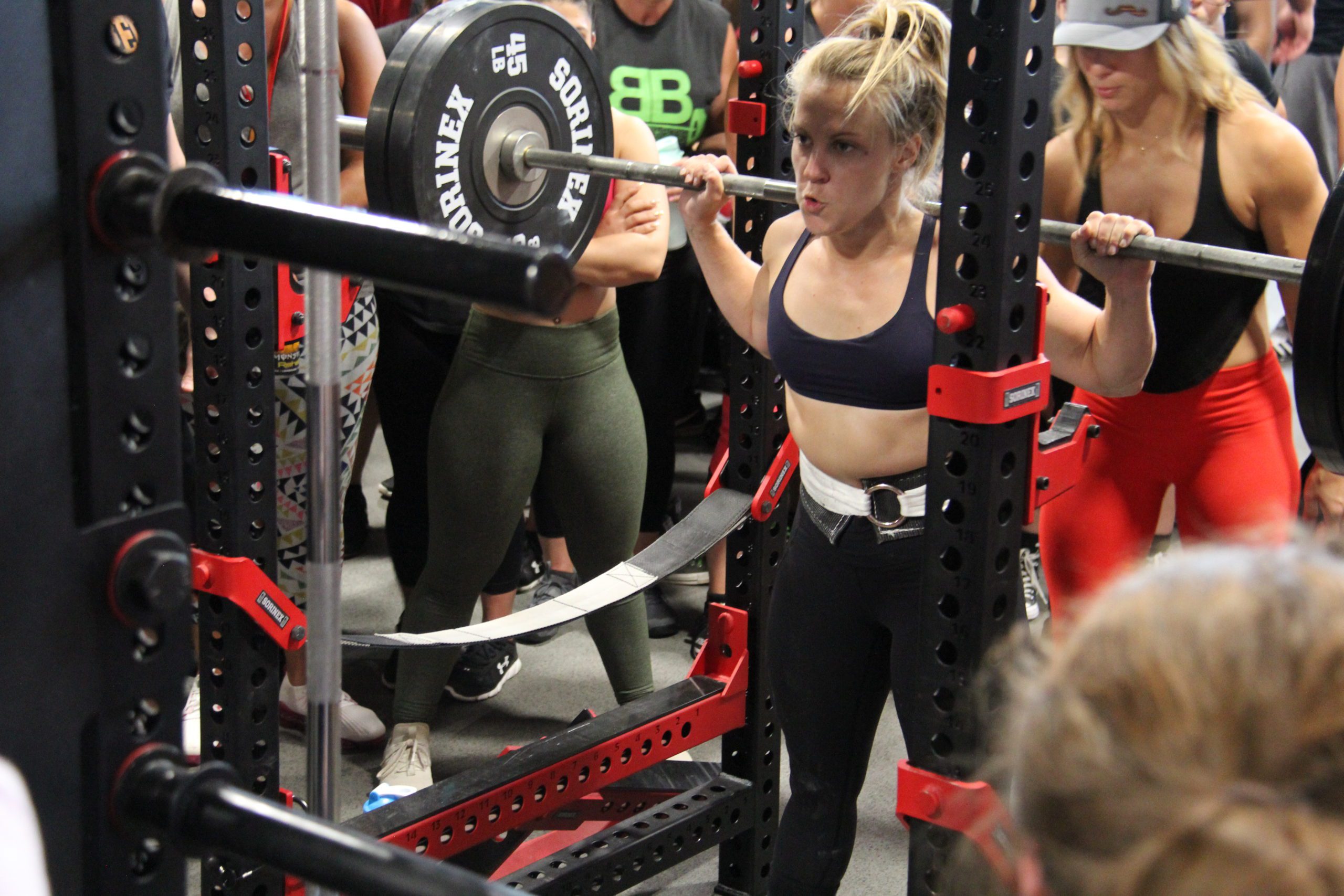Help Athletes with Strength Deficits
Sports Performance | Strength & ConditioningABOUT THE AUTHOR

Whitney Rodden
Coach Rodden started out as a Softball player for MidAmerica Nazarene University (MNU) in 1997 and went on to participate in MNU’s Olympic Weightlifting Program. She graduated from MNU in 2001 with a Bachelor of Arts Degree in Athletic Training, and a Minor Degree in Psychology. In May of 2004 she graduated from Kansas State University (KSU) with a Master of Arts Degree in Education Administration and Leadership. She is a member of United States of America Weightlifting (USAW) at the Coach Level and Referee Level, a member of the National Athletic Training Association (NATA), a certified Collegiate Strength and Conditioning Coach (SCCC), and she is also a member of the National Strength and Conditioning Association (NSCA) in which she is a member and a Specialist. In July of 2005, Rodden Became the Head Strength and Conditioning Coach for MNU. She is the Strength and Conditioning Coach for Football, Men’s & Women’s Basketball, Men’s and Women’s Soccer, Volleyball, Softball, Baseball, and the Cheer Squad.
// Help Your Weightlifters Identify and Overcome a Strength Deficit
Quite often, weightlifters plateau because they’re making a technique error over and over, or lack the movement competence or mobility to progress further. But in other cases, the real issue is that their lack of strength is holding them back. This article aims to help you zero in on this problem and remedy it so your lifters can be at their best on the platform.
The first indicator that someone is lacking the requisite strength to go heavier with good form is when they get stuck at a certain weight in their clean and jerk or snatch. That’s the most obvious case. Yet on occasion, you’ll need to do a little more detective work. Something I’ve seen pretty often among my collegiate athletes is that they can back squat the house, but their front squat is shaky. First, I’ll take aim at their mobility, as tight wrists, lats, and triceps can either cause or contribute to this issue.
When they have sufficient mobility in these trouble spots, it could be a lack of core strength that’s hampering their front squat. In which case, I’ll employ a variety of exercises – including medicine ball twists, weighted planks, and the kind of heavy walkouts I first saw over a decade ago at the Olympic Training Center – to get them stronger.

Sort out your squat
Whereas if it’s squatting itself that is the issue, I’ll prescribe a fairly high-volume protocol to help remedy it. This often begins with four to five sets of eight to 10 reps at around 65 to 75 percent of their one-rep max, depending on their training age and how long they’ve been squatting. Where we’re at in the competitive calendar is also worth considering. After a few weeks, we’ll drop the reps but increase the intensity.
What about when they can front and back squat heavy with good technique, but still seem weak in a certain phase of the clean and jerk or snatch? Then I’ll break the movement into parts and observe how they perform every stage to try and drill down to the precise problem. One of the most typical things I see is that someone is fine with pressing but lacks power when pulling. In which case, I’ll employ rack and clean pulls to help them overcome this limitation.
Alternatively, the athlete might be struggling with the high pull phase. If this is the case, we’ll go back to basics with deadlifts and then progress to snatch pulls and liftoffs. Once their core and leg strength has increased, then I’ll change the emphasis and have them do heavier pulls from blocks to emphasize the top part of this portion of the snatch. I find this typically translates into a stronger final punch in this lift.
Look Overhead
Another common limiter is overhead capacity. In which case, we’ll work in more overhead squats, before moving on to snatch balances. This is one of my favorite accessory exercises for any lifter, as it requires both bar speed and a lot of stability in the overhead position. Sets of four to five reps with 65 to 70 percent of the lifter’s one-rep max seems to be a sweet spot for the snatch balance. Some other go-to options include the push press, as well as rewiring fundamental movement patterns with handstands and bear crawls down stairs. When they’re ready, we’ll add in some heavy jerk recoveries to get them used to handling higher weights overhead without panicking or getting wobbly.
Such a strength emphasis can involve four to five days of lifting a week for one to two months. On the fifth day, I’ll often utilize different tools like kettlebells, dumbbells, and the prowler sled. It’s important for lifters to spend a lot of time manipulating bars, of course, but sometimes this can go too far and mean they’re doing linear work almost exclusively. From a mental standpoint, stagnation can start to set in when it’s all barbell, all the time. So switching things up with these different modalities, challenging stability, mobility, and power development through varying planes of motion and, frankly, adding in a bit more fun can keep lifters more engaged and motivated.
Variability Lesson from a Legendary Coach
One of the best lessons I learned in this area came from the legendary lifting coach and 1972 Olympic champion Zygmunt Smalcerz. I spent several days with him at a youth training camp and he’d have his athletes toss a shot put behind them, do a forward roll immediately followed by a vertical leap, and jump onto balance plates. This wasn’t novelty for its own sake, but rather using variety to challenge athletes to control their body in unusual patterns and contexts.
It’s also crucial to keep the snatch and clean and jerk in the programming. Yes, strength might be the focus for a few weeks, but you need to keep the main thing in mind and remember that getting stronger is only going to be useful if it’s applicable to the two Olympic lifts.
READY TO TRY TRAINHEROIC?
Our powerful platform connects coaches and athletes from across the world. Whether you are a coach or trainer looking to provide a better experience for your clients, or you’re an athlete looking for expert programming, click below to get started.
Want more training content?
More coaches and athletes than ever are reading the TrainHeroic blog, and it’s our mission to support them with the best training & coaching content. If you found this article useful, please take a moment to share it on social media, engage with the author, and link to this article on your own blog or any forums you post on.
Be Your Best,
TrainHeroic Content Team
HEROIC SOCIAL
HEROIC SOCIAL
TRAINING LAB
Access the latest articles, reviews, and case studies from the top strength and conditioning minds in the TH Training Lab

